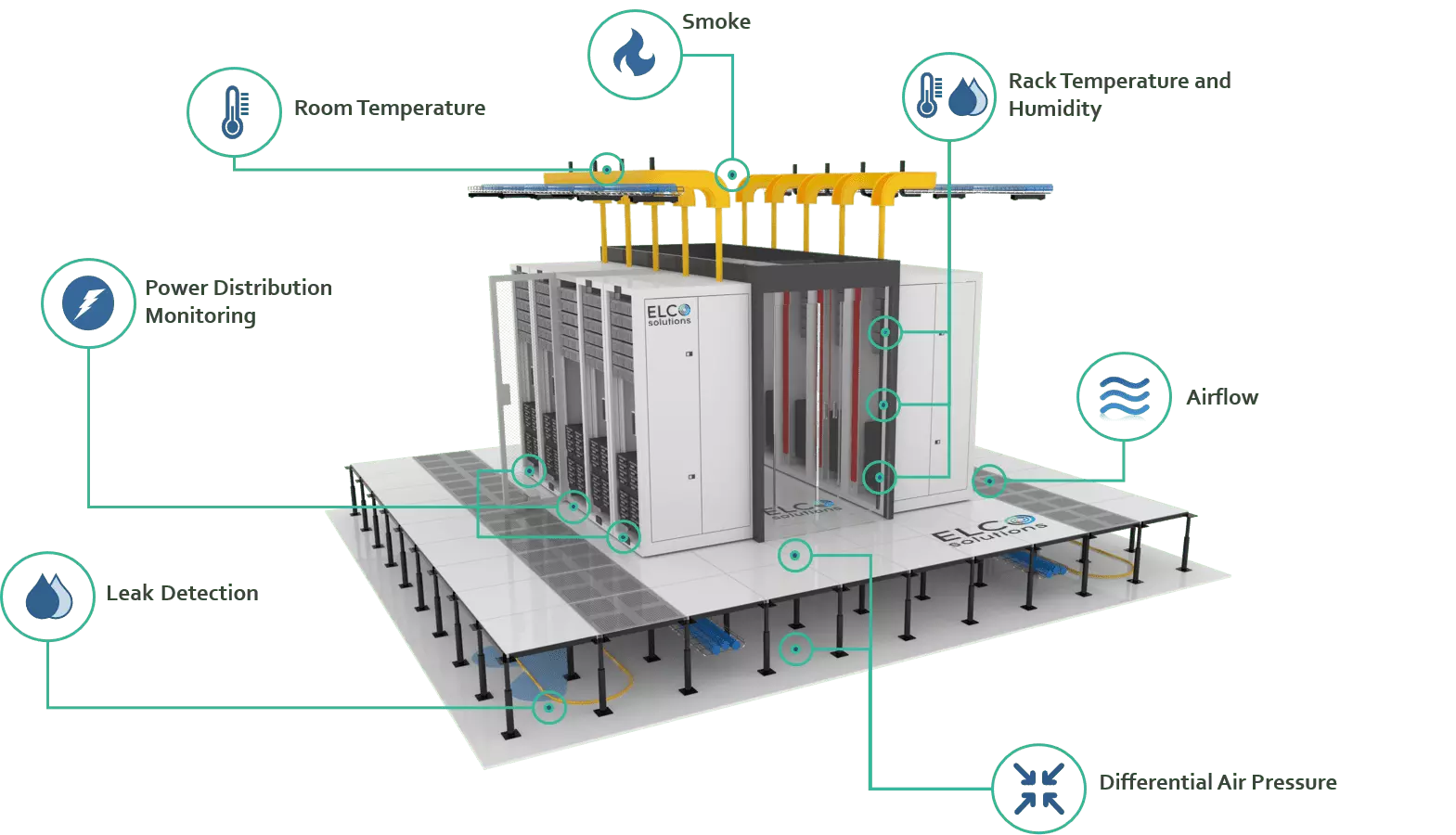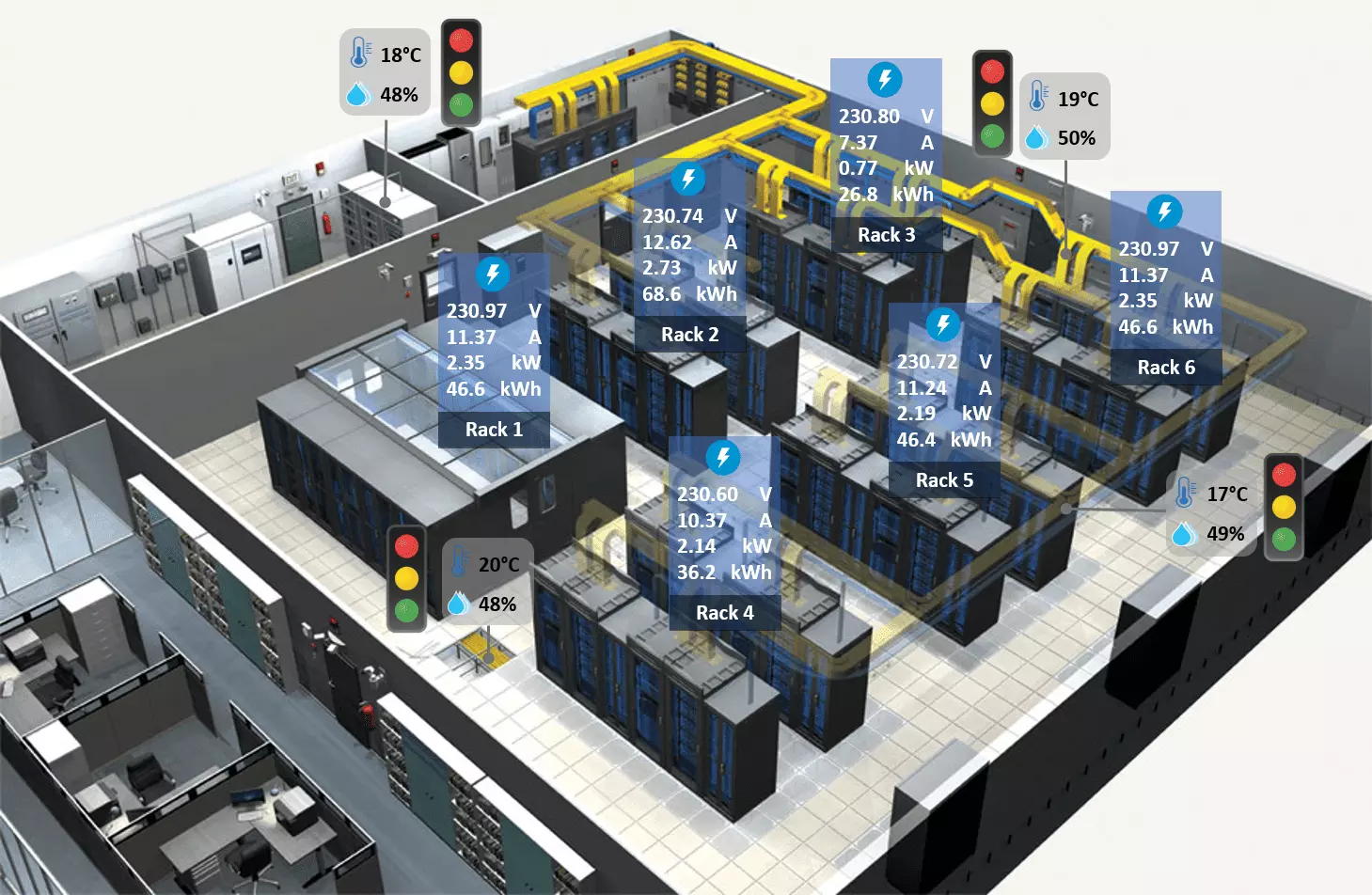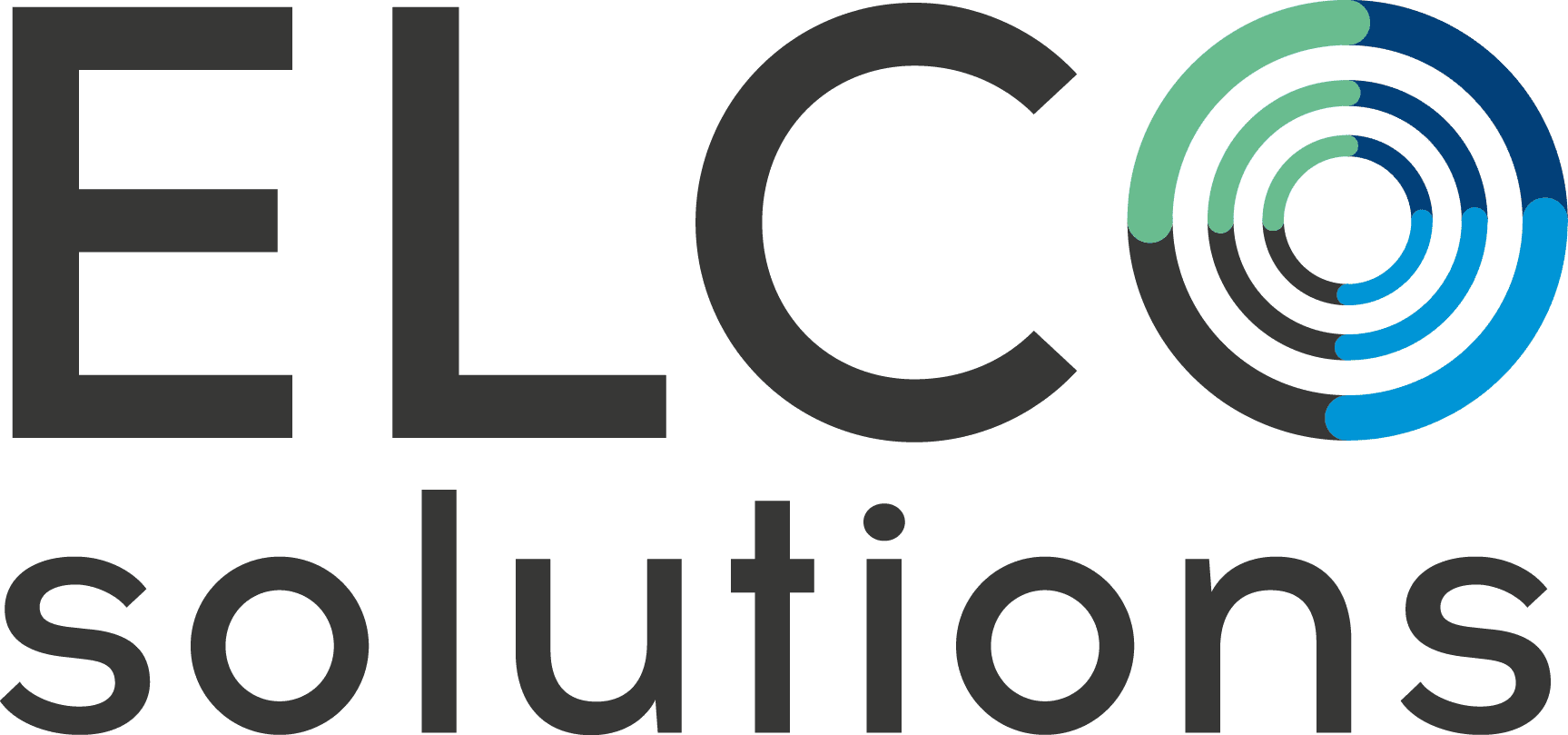Analyzing Data Centers' Footprint for Sustainability
In today's interconnected world, data centers serve as the backbone, managing vast amounts of information. However, this technological advancement comes with environmental consequences, particularly regarding energy consumption.
The Energy Conundrum: Powering Our Digital Lives
In our tech-driven society, data centers play a pivotal role. But their energy consumption poses significant environmental challenges. These facilities power our online world, yet the sheer number of servers within them demands enormous electricity. This constant operation generates excessive heat, requiring robust cooling systems that further contribute to energy consumption.
For perspective, in 2018, data centers consumed about 200 terawatt-hours (TWh), equal to the United Kingdom's annual energy use. Alarmingly, this consumption is projected to double by 2030, constituting 4% of global electricity demand, as per the International Energy Agency (IEA).

Data Center Environmental Monitoring
Environmental Impact and Cooling Dilemma
Data centers' reliance on conventional energy sources contributes to greenhouse gas emissions and strains the move toward sustainable energy. Paradoxically, while cooling systems prevent hardware overheating, they substantially increase energy consumption, creating a quandary.
Traditional cooling methods like energy-intensive air conditioning heighten data centers' carbon footprint. Innovative technologies like liquid cooling offer more efficiency but pose their own challenges, like maintenance complexities.

Environmental Monitoring Tool For Data Centers
Renewable Energy Integration: A Path to Sustainability
The integration of renewable energy into data center operations presents hope for sustainability. By shifting from fossil fuels to solar, wind, or hydroelectric power, data centers can significantly reduce their carbon footprint. Tech giants like Google, Apple, and Microsoft are leading the way, committing to power data centers with 100% renewable energy, setting industry standards.
Governments incentivize this transition with tax breaks, encouraging companies to adopt clean energy practices. The pursuit of energy efficiency, employing advanced hardware and power management, remains pivotal in reducing energy consumption and carbon emissions.
Circular Economy: Tackling E-Waste
A circular economy approach minimizes waste and maximizes resource efficiency. Applied to data centers, it minimizes electronic waste (e-waste). Refurbishing and recycling outdated equipment in a circular economy model extend hardware lifespan, reducing e-waste and environmental strain.
By responsibly disposing, refurbishing, or recycling equipment, data centers align with sustainability goals, lessening landfill impact and conserving resources.
Building a Sustainable Digital Future
As we navigate the digital revolution, data centers must embrace sustainability. Prioritizing renewable energy, energy efficiency, and circular economy principles is essential. Collaborative efforts between governments, businesses, and individuals will ensure a balanced digital infrastructure that safeguards our planet for future generations.
Check out our website to find out more about our data center environmental monitoring solutions: Data Center Monitoring (elco-solutions.de)


